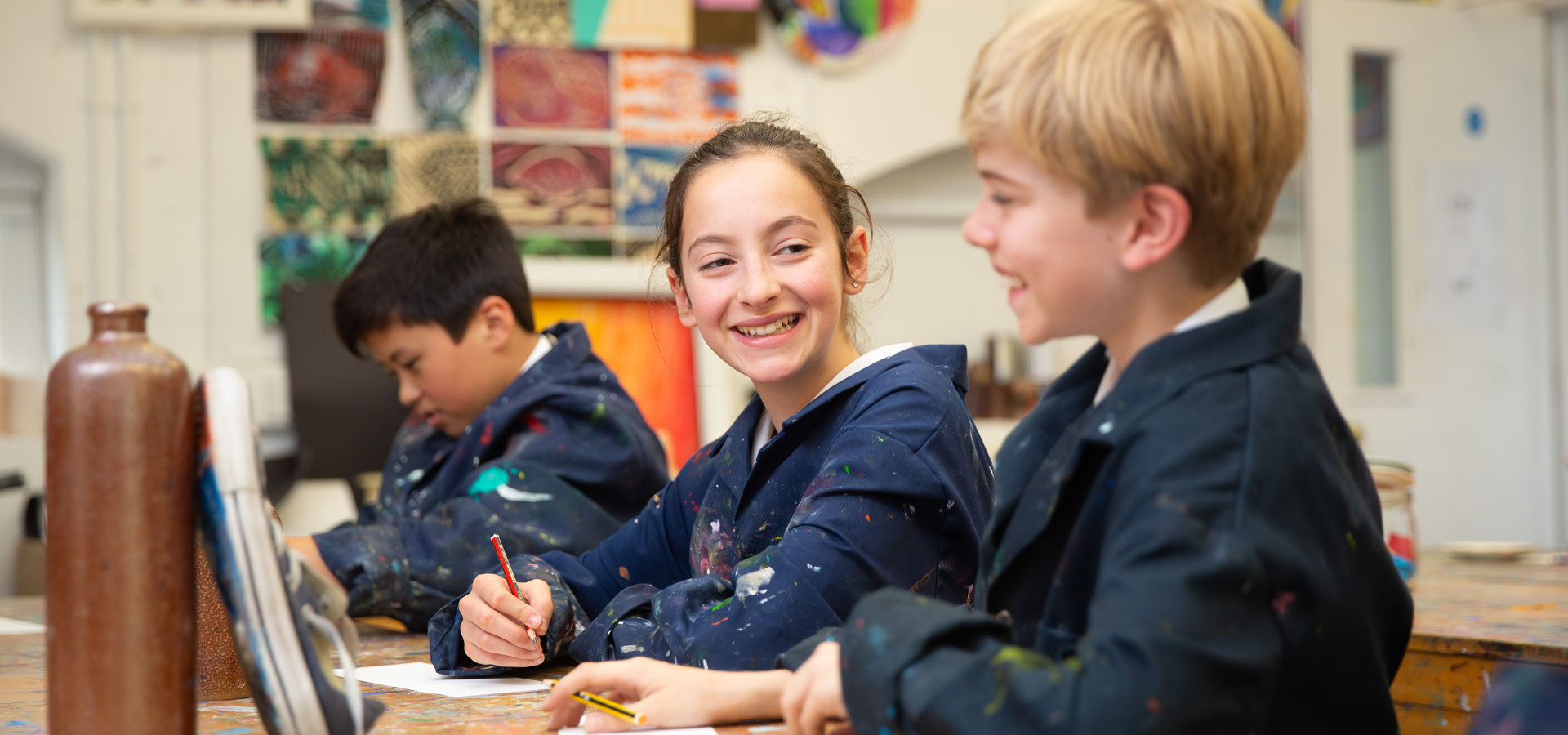Alleyn's Head of Access, Inclusion and Mentoring discusses the approach to learning differences among pupils. As Seen in SE Magazine April 2024.
In recent years, schools have witnessed a significant increase in the diagnosis of various learning differences among pupils. This allows individuals to understand themselves better, parents to understand their young people better and educators to adapt their teaching, but it also brings to light the complexities and challenges of supporting the diverse needs within educational settings. However, navigating these challenges doesn't have to feel like an insurmountable task. Understanding the signs and taking proactive steps can pave the way for effective support and inclusive education.
Recognising Learning Differences
Recognising learning differences is the crucial first step towards providing appropriate support. These differences can manifest in various ways, from struggles with certain subjects to behavioural challenges that may seem unrelated. It's essential for parents and educators to stay vigilant and observant. Often, a teacher may notice signs in the classroom, or a parent may observe difficulties at home. Sometimes, the pupils themselves may express their struggles.
Disruptive behaviour or apparent behavioural issues can sometimes be a sign of an underlying learning difference. It is always first worth consulting with the school and seeking advice and assistance from the Special Educational Needs Coordinator (SENCO). Initiating conversations with professionals can help in determining the nature of the issue and devising appropriate strategies for support.
Using a Holistic Approach
Few pupils want to stand out or draw too much teacher attention to themselves; a comprehensive, seamlessly integrated approach to supporting students with differences can ensure the best outcome for both the pupils and teachers. Following the model of Access, Inclusion and Mentoring (AIM) can help develop seamless integration.
Access: Ensuring teachers can easily access learning plans and essential information enables the right support to be incorporated into lesson planning. Teachers can better understand and cater to the individual needs of each pupil. This proactive approach fosters a supportive environment where every student feels valued and understood.
Inclusion: Inclusive education lies at the core of supporting neurodiversity and disability. It involves creating classroom environments and teaching practices that cater to the diverse needs of all pupils. By embracing inclusivity, schools can foster a sense of belonging and empowerment among pupils with differences. Adaptive teaching, varied assessment methods, and collaborative learning experiences are key components of an inclusive classroom.
Mentoring: One-to-one mentoring sessions play a pivotal role in empowering students to navigate their differences effectively. These sessions provide personalised support tailored to the specific needs of each student. Mentors work closely with students to develop strategies for managing challenges, building self-confidence, and maximizing their academic potential. The goal, of course, being that pupils can then take the skills and use them to self-manage throughout their academic career and beyond.
Empowering Parents and Educators
For parents and educators, being proactive and supportive is key in effectively addressing differences. It's essential to foster open communication and collaboration in developing tailored support plans for pupils. Embracing any difference not only enhances the educational experience for pupils but also promotes a culture of acceptance and inclusivity within schools.
Demystifying neurodiversity and differences begins with awareness, understanding, and support. By recognizing signs, collaborating across departments, championing inclusive practices, and providing personalised mentoring, schools will create environments where every child can thrive. Embracing difference isn't just about making accommodations; it's about celebrating diversity and empowering every pupil to reach their full potential.
Isabelle Alexander
Head of Access, Inclusion and Mentoring (AIM)




.jpg)

.jpg)





















